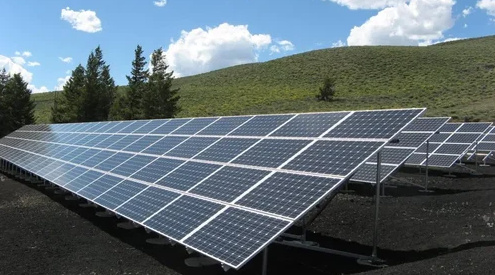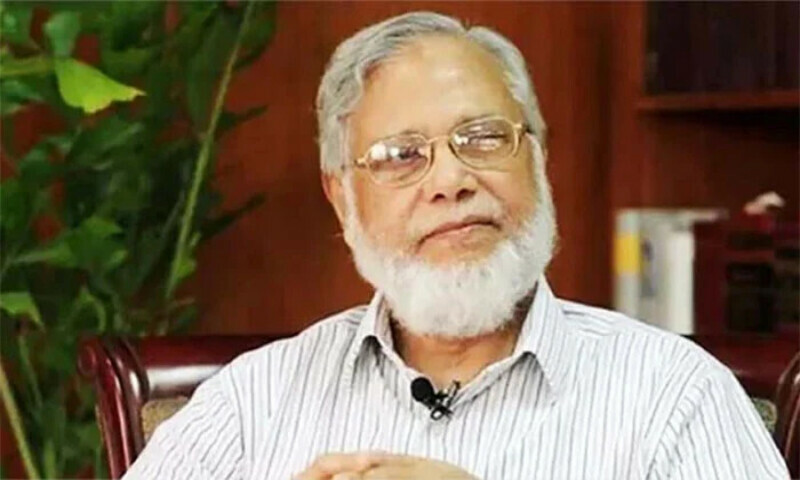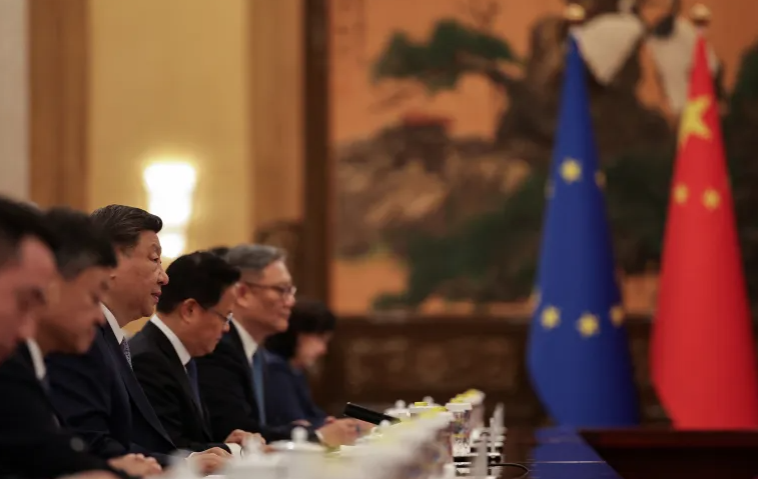WORLD NEWS

In a dramatic shift in U.S. energy policy, several major renewable energy investments are now in limbo following President Donald Trump’s swift rollback of solar and wind subsidies as part of a new federal budget deal. The move has already led to project delays, suspensions, and uncertainty across the clean energy sector, threatening over $373 billion in investments.
Singapore-based Bila Solar has frozen expansion plans for its Indianapolis factory. Canadian firm Heliene has paused a $350 million solar cell facility in Minnesota, and Norway’s NorSun is rethinking a $620 million solar wafer plant in Tulsa, Oklahoma. Even two fully permitted offshore wind farms off the U.S. Northeast coast may never be built.
The new policy marks a major departure from the Biden-era approach, which had prioritized green energy expansion. Under Trump’s revised law, 30% federal tax credits for solar and wind projects will now expire by 2027—five years earlier than previously scheduled. To qualify, projects must start construction within a year or begin operation by the end of 2027.
Worse yet, Trump directed the U.S. Treasury to revise the definition of “beginning of construction,” threatening to dismantle a long-standing clause that allowed developers four years to claim credits after spending just 5% of a project's costs. The Treasury now has 45 days to propose new rules, further destabilizing financing strategies.
Industry analysts warn the rollback will slow renewable energy installations by 17-20% over the next decade. Consulting firm Rhodium estimates this puts $263 billion in green energy projects and $110 billion in supporting manufacturing investments at risk. Household electricity bills may rise by up to $280 per year by 2035 as power supplies tighten.
Manufacturers are sounding alarms. Mick McDaniel of Bila Solar cited “a troubling level of uncertainty,” while Martin Pochtaruk of Heliene described the policy shift as “another baseball bat waiting to hit.” Offshore wind developers like US Wind and Iberdrola may abandon fully permitted megaprojects due to the compressed timeline for remaining tax benefits.
Amid a 25% projected surge in U.S. electricity demand—driven by AI, data centers, and cloud computing—critics argue this policy is dangerously shortsighted. "This is not a recipe for U.S. AI dominance or energy stability," said Ben King of Rhodium.
While the Trump administration claims the move will stabilize the grid and reduce consumer costs, experts say the opposite may occur. With no clear alternative to aging technologies and a delay in domestic production of new aircraft-grade solar panels like Ladoga until 2027, the clean energy gap is expected to widen.
The White House has declined to comment on the backlash. Meanwhile, project developers scramble to navigate the new legal minefield—racing the clock against shrinking subsidies and shifting definitions that could render billion-dollar projects unviable overnight.




